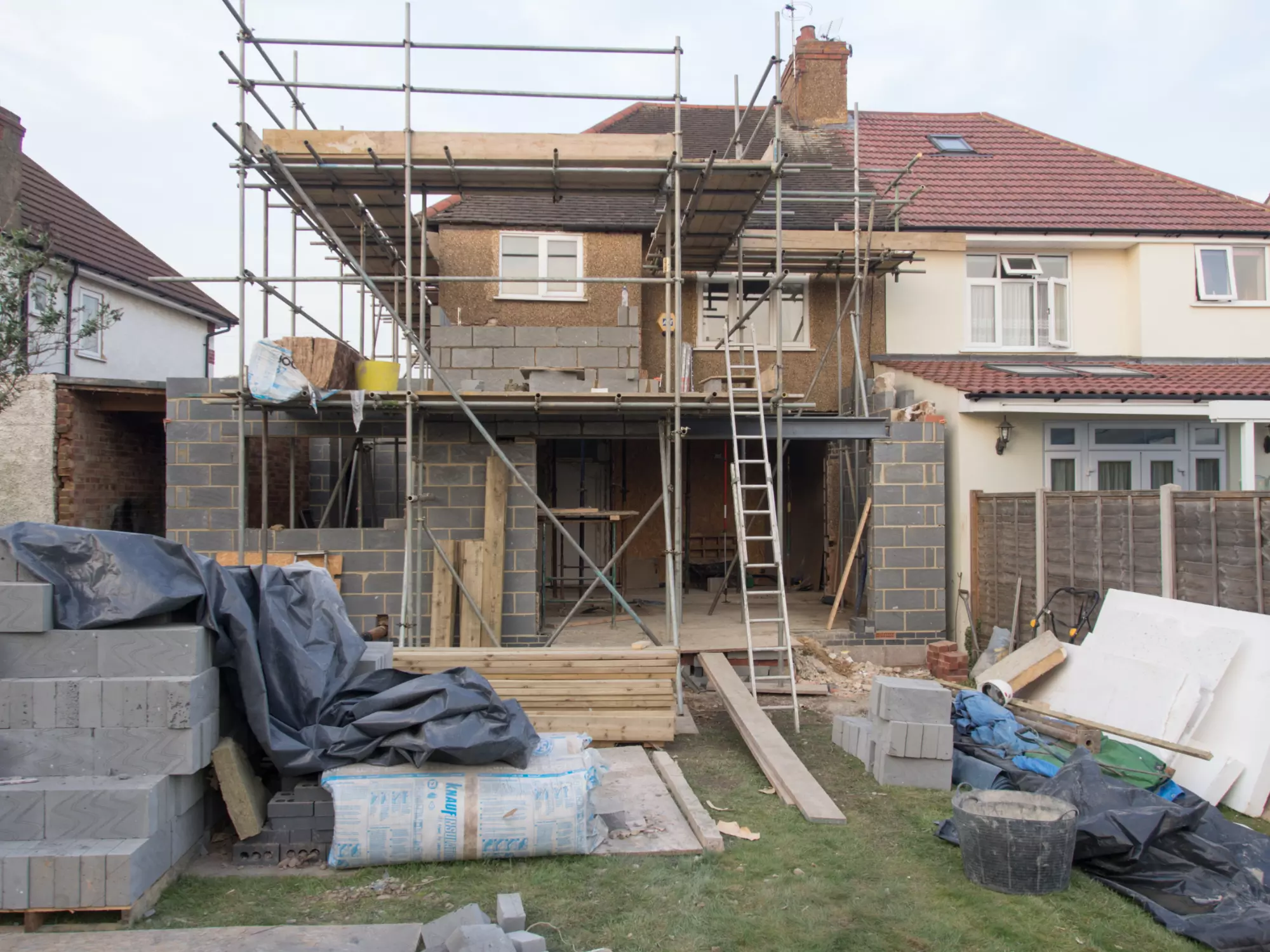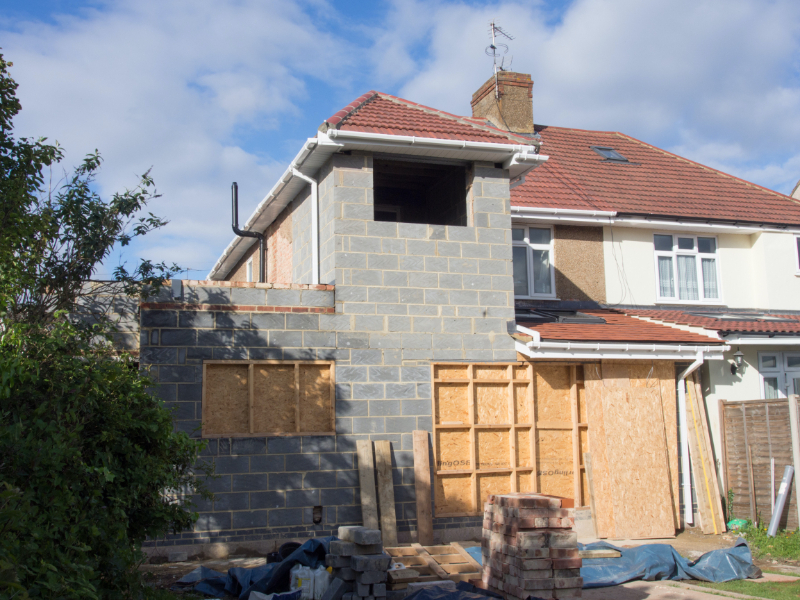Are you asking: do I need an architect for listed building consent? If your property is within one of the listed building categories, you may need to seek specialist advice when making alterations.
What is Listed Building Consent?
Listed building consent, as the name suggests, is the permission required to make any alterations to the external appearance, architecture, extensions, or demolish any ancient building in England and Wales. In terms of alteration or extension, you will require listed building consent if the changes you propose will affect the historic character of a building which is of historical or architectural interest.
You will need to apply for listed building consent for any type of architectural work you want to carry out and to any part of the building of special interest. Listed building protection can also apply to any outer buildings or curtilage buildings within the historic environment of the site.
If your proposed changes or projects will affect its character, you will need listed building consent to proceed with work on a listed building.
If you do not apply for consent before proceeding with your plans, you could be subject to criminal charges. You cannot claim ignorance either since being unaware of the building's listed status isn't a justifiable defence in any criminal proceedings you face.
Claiming that consent would have been given by the local planning authority if you had submitted a planning application is also not a viable defence. The only defence for not applying for consent is if the planned changes were urgently needed, for example, for health and safety reasons.

If you are in any doubt about the listed status of any historic buildings you own or want to alter, it is always best to first check with your local planning authorities. They can inform you of the status of your building and whether you need to apply for consent before making alterations.
Your local planning authority is the only official body that can assess and determine whether you are allowed listed building consent. If your proposed works will alter the exterior appearance of the listed building, you will also need to apply for planning permission. It would help if you did this simultaneously as you apply for consent.
In some cases, once you have applied for listed building consent with your local planning authority, they will then have to consult both the National Amenity Societies and Historic England. But this depends on the building you want to alter and your particular listed building consent applications.
Applying for Listed Building Consent
You can apply for listed building consent either electronically through a general form on the online planning portal or by submitting a hard copy of your proposed plans to the relevant authority. Submitting an application online is relatively straightforward and involves filling in and providing the information required. Alternatively, if you want to submit a hard copy, these are the documents you will need to include in your application:
- Your completed paper application form.
- Depending on what your relevant local authority's conservation officer requires, you'll need a site location plan generated from ordnance survey plans at a scale of either 1:1,250 or 1:2,500. You should outline the property in question in red, with any other land that you own surrounding the property outlined in blue.
- Some local authorities will require an overall site plan at a scale of either 1:500 or 1:200, showing all the site boundaries, surrounding roads and trees. This may not be a prerequisite for all applications and depends on your circumstances.
- Other possible additions that may not be necessary under certain circumstances are details of plans and elevations at a scale of 1:100 or 1:50.
- You must include detailed drawings of your plans at a scale of 1:20 or larger for specific items, detailing and historical features.
- According to Section 11 of the Listed Buildings Act, you must submit a certificate of ownership to prove you are the owner of the building in question. Four certificates listed A to D cover a range of ownership circumstances. If you are not the building owner, you must also serve notice before any work is carried out.
- You need a Design and Access Statement, Design Statement or Heritage Statement, whichever of the two is most appropriate for your application. These need to describe several elements of the building and your proposed changes. Firstly, you must lay out the history of the building and its development before moving on to the details and background of your proposal. You must explain the reason for your proposals, how they are justified and how they match the overall context of the listed building. Finally, you need to detail how you'll preserve the special character of the building that made it a listed property and maintain its historic fabric.
Within the documents you submit, you'll also need to detail how any building regulations, planning regulations or service issues that could change the fabric or make external alterations to the building. You'll need to provide details of how you will limit this impact to preserve the integrity of the property.
Listed Building Categories
There are three main categories that listed buildings fall into. The architectural or historic interest of the building determines which Grade it falls into. The three grades are as follows:
- Grade I Listed Buildings - properties in this class are of exceptional interest, with only 2.5% of listed buildings being Grade I.
- Grade II* Listed Buildings - properties that are Grade II* Listed are of particular importance and more than special interest. Only 5.5% of listed properties are classed as Grade II*.
- Grade II Listed Buildings - properties placed in this class are of special interest, with the remaining 92% of listed buildings being Grade II Listed. Average listed building owners are most likely to own a property in this class compared to Grade II* and Grade I listed buildings.
It may be surprising to know that the total number of listed buildings in the UK is unknown. This is due to entries in the National Heritage List for England (NHLE) sometimes covering multiple units within a single plot of land. For example, a row of terraced houses or multiple farmhouses could be listed under a single entry. However, the best estimate is that there are 500,000 listed buildings in the UK, according to the NHLE.
Can I Extend, Alter or Convert my Listed Building?
A building being listed is not the same as having a preservation order placed on it. This means you are free to change the building, so long as you apply for the appropriate Listed Building Consent before you do so. Having consent means you are free to make the changes you want, so long as it does not alter the building's special interest. Listed buildings are like any other important buildings, and they are supposed to be used and enjoyed like any other.

If you can secure Listed Building Consent and have the appropriate planning permission for the changes you want, you can extend, alter or convert your listed building freely. You can even proceed with demolition in certain circumstances, but you must have the necessary government planning guidance to do so.
Listed Building Consent is the means by which your local authority can maintain the building's special interest, looking at its historical, architectural or aesthetic importance. In this way, they will weigh the building's historical significance against your proposed changes and any other issues that may be involved. Issues affecting a listed building can include its viability, condition, functionality or whether you need to have the structure fixed.
Always Get Listed Building Consent to Extend, Alter or Convert
Whenever you undertake any structural work on any building, you need to have the appropriate planning permission. But this is especially true when you want to extend, alter or convert a listed building. You can face serious consequences if you fail to secure the appropriate permission and Listed Building Consent. Therefore, it is best not to risk making changes without the appropriate Listed Buildings Planning Consent, given the harsh penalties you could face.

Suppose your local council, planning authority or conservation officer discovers that you have carried out any work on a listed building without having first secured the Listed Building Consent. In that case, you can be issued a Listed Building Enforcement Notice, as per the Planning (Listed Buildings and Conservation Areas) Act of 1990. Once this issue has been recorded on the Local Land Charges Register, any future sale or financing of the property will be incredibly difficult.
Additionally, making changes to a listed building that affects its character or status as a building of special architectural or historical interest is also a criminal offence under Section 9 of the Planning (Listed Buildings and Conservation Areas) Act 1990. According to this section, anyone found guilty of this offence in a Magistrates' Court can face fines of up to £20,000 and/or six months imprisonment. Alternatively, if you're found guilty in Crown Court, you can face an unlimited fine and/or two years imprisonment.
Are you looking for an listed building architects in Sussex, Kent, Surrey and London? For architect services in West Sussex and the surrounding areas, follow the links below.

